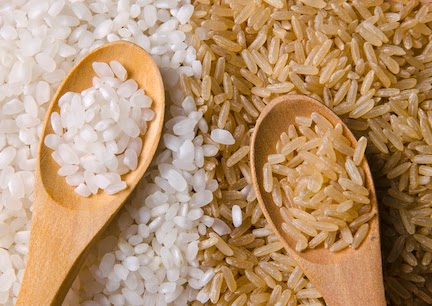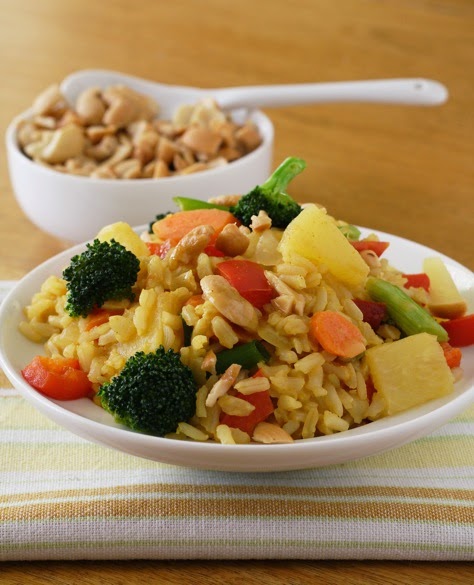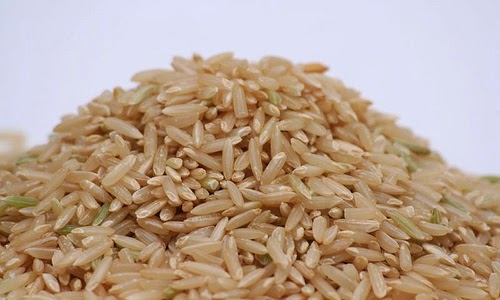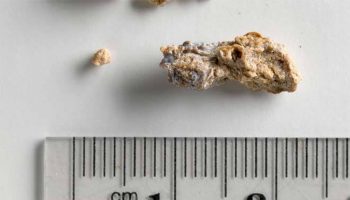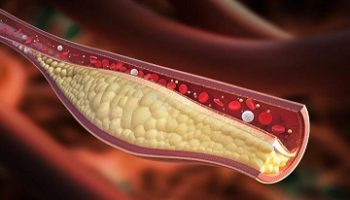BROWN RICE VS WHITE RICE: THE TRUTH
(adsbygoogle = window.adsbygoogle || []).push({});
The complete milling and polishing that converts brown rice into white rice destroys 67% of the vitamin B3, 80% of the vitamin B1, 90% of the vitamin B6, half of the manganese, half of the phosphorus, 60% of the iron, and all of the dietary fiber and essential fatty acids. The difference between brown rice and white rice is not just color! A whole grain of rice has several layers. Only the outermost layer, the hull, is removed to produce what we call brown rice. This process is the least damaging to the nutritional value of the rice and avoids the unnecessary loss of nutrients that occurs with further processing. If brown rice is further milled to remove the bran and most of the germ layer, the result is a whiter rice, but also a rice that has lost many more nutrients. At this point, however, the rice is still unpolished, and it takes polishing to produce the white rice we are used to seeing. Polishing removes thealeurone layerof the grain–a layer filled with health-supportive, essential fats. Because these fats, once exposed to air by the refining process, are highly susceptible to oxidation, this layer is removed to extend the shelf life of the product. The resulting white rice is simply a refined starch that is largely bereft of its original nutrients. Even after enrichment,the form of these nutrients when added back into the processed rice is not the same as in the original unprocessed version, and at least 11 lost nutrients are not replaced in any form even with rice “enrichment.”(According tohttp://www.whfoods.com/genpage.php?tname=foodspice&dbid=128)

